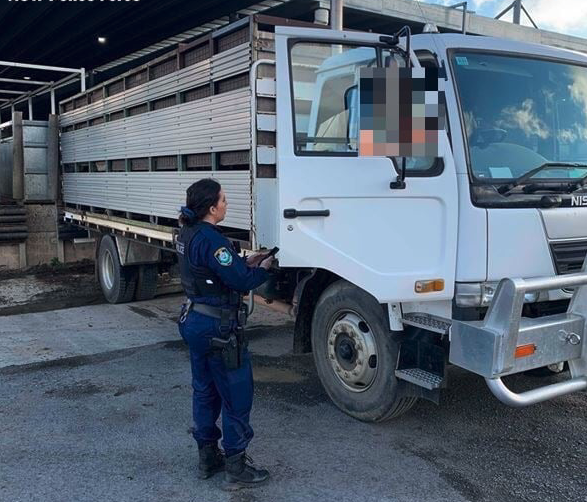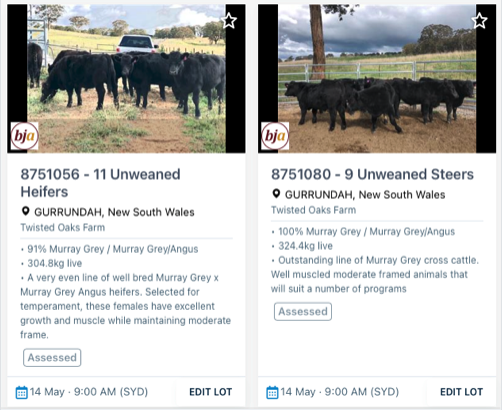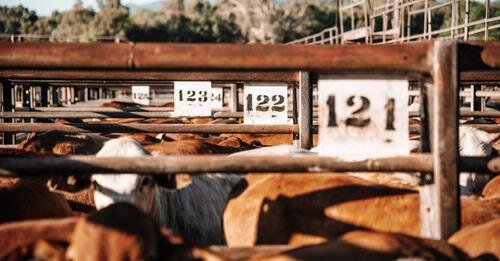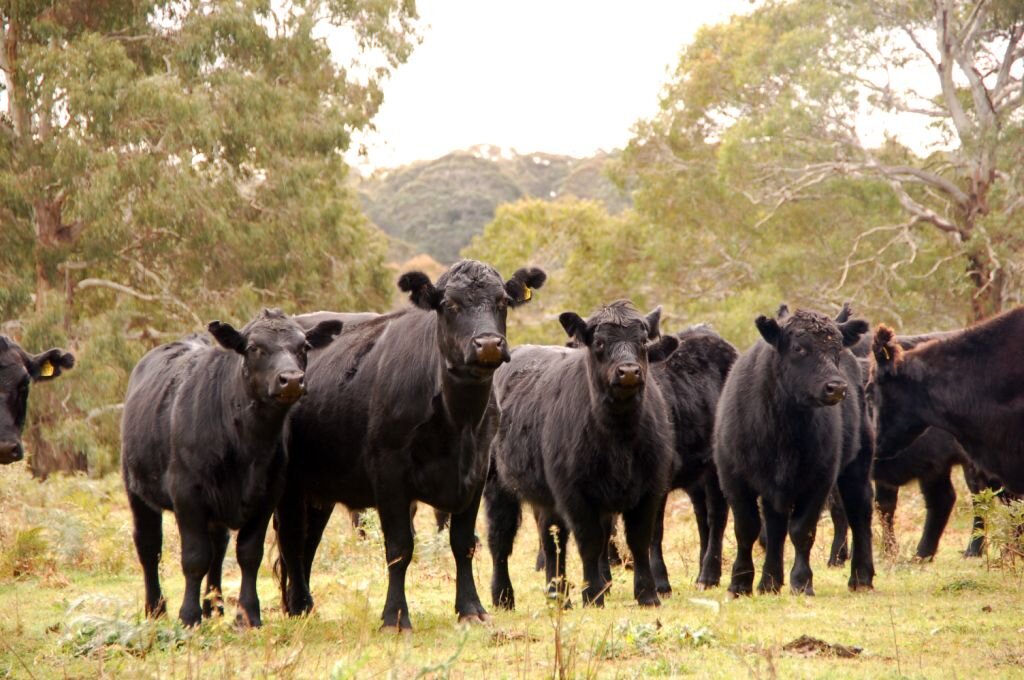In recent years, the Australian beef industry has experienced a notable shift towards the adoption of polled cattle. This transition is driven by a combination of welfare concerns, sustainability goals, and economic efficiencies. Dehorning, a common practice to prevent injuries among cattle, has long been associated with significant animal stress and management costs. Consequently, breeders and industry bodies have increasingly focused on breeding polled animals to eliminate the need for this painful procedure.
Industry and Government Support for Polled Cattle
The momentum towards breeding polled cattle in Australia is supported by both government and industry frameworks. The Australian Beef Sustainability Framework (ABSF) has played a pivotal role, promoting animal welfare and sustainability as core values within the beef supply chain. Aligning with global standards, including the United Nations’ Sustainable Development Goals (SDGs), the ABSF tracks animal welfare metrics such as the adoption of polled genetics.
Polled cattle not only align with welfare objectives by reducing reliance on dehorning but also decrease financial burdens associated with labour and injury risks. Increasing consumer expectations for humane livestock management have further fuelled this trend. As a result, the industry continues to enhance breeding programs focused on polled cattle.
The Impact of Dehorning on Calf Survival
While the focus on polledness primarily centres around reducing bruising and labour costs, evidence suggests that dehorning significantly impacts calf survival, particularly in extensive farming areas. A 2014 study by Kim Bunter, David Johnston, Matt Wolcott, and Geoffry Fordyce, titled "Factors associated with calf mortality in tropically adapted beef breeds managed in extensive Australian production systems," found that almost all post-branding calf deaths occurred in dehorned calves, with a 2.1% mortality rate, which accounted for 15.9% of all calf deaths in the study. This underscores the potential link between dehorning and higher mortality rates.
Trends in Polled Cattle Adoption
In 2019, it was estimated that 86% of Australia’s cattle herd carried the polled genetic trait. However, updated data from Meat & Livestock Australia (MLA) revised this figure to 73%, reflecting ongoing improvements in genetic selection. The rise in polled cattle has been supported by advancements in genetic testing, which provide producers with greater confidence in selecting polled sires.
As noted by Hamish Chandler, RD & E Specialist with Herefords Australia, "Genomic tests now give bull buyers the confidence that the bulls they are purchasing will produce polled calves with an accuracy greater than 99%." Companies like Zoetis offer commercially available genetic testing, making it easier for producers to select polled cattle.
The shift towards polledness is evident across various beef breeds in Australia, though the extent of adoption varies from breed to breed. Data provided by Breed Societies and through analysis of Breedplan data online allows a comparison of registrations for polled, horned and scurred cattle. Below is an overview of how this trend has played out across several major breeds:
Hereford: The Hereford breed has seen a major shift towards polled genetics over the past two decades. In 2000, around 50% of Hereford registrations were horned, but this has steadily declined, reaching only about 10-15% by 2023. Polled Herefords, on the other hand, have increased sharply from 40-50% in 2000 to dominate at 85-90% in recent years. The proportion of scurred Herefords has remained low and stable, fluctuating around 2-5% over the years. Despite the growing popularity of polled genetics, the scurred population has not been a major focus for breeders. Overall, the breed has moved decisively towards polled cattle, reflecting a broader industry trend.
Charolais: For the Charolais breed, polled genetics have become increasingly dominant. In 2000, only 32% of Charolais were polled, but by 2023, that figure has climbed dramatically to 86%. Simultaneously, horned cattle registrations have plummeted from 65% in 2000 to just 12% by 2023. This reflects a clear preference for polled animals in recent breeding strategies. Scurred Charolais registrations have remained minimal, consistently between 2-4%, showing little fluctuation over time. This steady rise in polled registrations demonstrates a strong industry commitment to reducing horned cattle in Charolais herds.
Droughtmaster: Droughtmaster cattle have maintained a stable polled population over the years. From 2018 to 2022, the number of homozygous polled (PP) animals has consistently been around 2000, while heterozygous polled (HP) animals have fluctuated slightly, reaching 483 in 2022. In contrast, the number of horned Droughtmaster cattle has decreased, dropping from 472 in 2018 to 324 in 2022. The scurred population in Droughtmaster herds has remained relatively low and stable. The data suggests a steady but deliberate effort to maintain a predominantly polled population, contributing to improved welfare and management in Droughtmaster breeding programs.
Santa Gertrudis: The Santa Gertrudis breed has followed a similar trajectory toward polled genetics. Homozygous polled animals have remained stable from 2018 to 2022, while the heterozygous polled population has grown, increasing from 462 in 2018 to 616 in 2022. The number of horned cattle registered has decreased gradually, from 1070 to 981 in this time frame. As with other breeds, the proportion of scurred Santa Gertrudis has remained low and stable. The ongoing trend toward polled animals is evident in this breed, reflecting broader industry goals for better welfare practices and cattle management.
Brahman: Brahman cattle have seen a decrease in the proportion of horned animals, especially within grey animals. Between 2021 and 2023, the horned population dropped from 3897 to 2791, while polled/scurred registrations increased from 1849 to 2008. Despite this shift, Brahman breeders continue to face challenges in fully adopting polled genetics, particularly due to concerns over performance traits in horned animals. The scurred population has remained a minor and stable component of Brahman registrations. Overall, the breed is moving toward more polled animals, although at a slower pace compared to other breeds.
Wagyu: Wagyu cattle have seen substantial growth in polled registrations, especially between 2018 and 2022. The number of homozygous polled Wagyu increased from 22 to 72, while heterozygous polled animals rose from 31 to 487. Meanwhile, the horned Wagyu population has decreased, with a notable drop from 1151 in 2018 to around 2000 horned cattle by 2023. The scurred population remains very small and stable throughout. This data reflects a significant shift towards polled genetics within the Wagyu breed, likely driven by growing demand for better animal welfare practices without compromising the breed’s premium meat quality traits.
However, as noted by Wagyu CEO Matt McDonagh notes that “a further contributor to the predominance of Fullblood genetics is the crossbreeding to other breeds which are already polled. You can put a Fullblood bull over polled other breed females and end up with 100% polled progeny. You don’t need polled from Wagyu in F1 programs if the females are already polled.”
Debunking Myths: Do Polled Cattle Perform Worse?
Historically, breeders have often perceived polled cattle as inferior to horned cattle, particularly in terms of growth and meat quality traits. This belief has impeded the wider adoption of polled genetics, especially in breeds where horned animals have traditionally dominated. However, recent research has challenged and debunked many of these concerns.
A 2021 study by Randhawa et al., titled "Comparison of Genetic Merit for Weight and Meat Traits between the Polled and Horned Cattle in Multiple Beef Breeds," examined more than 2.4 million animals across eight beef breeds in Australia. The findings revealed that since 2000, polled cattle have made notable genetic gains, often matching or even surpassing their horned counterparts in several traits.
Weight and Growth Traits
In certain breeds like Charolais, Limousin, and Hereford, polled cattle displayed favourable estimated breeding values (EBVs) for key weight traits, including 200-day, 400-day, and carcass weights. Brahman cattle were an exception, where horned animals initially outperformed their polled counterparts in weight traits. Nevertheless, even within the Brahman breed, the performance gap between horned and polled animals has been narrowing as breeders refine polled genetics.
Muscle and Fat Traits
Polled cattle performed comparably or even better than horned cattle in several important meat quality traits, such as eye muscle area and intramuscular fat—both of which are critical for determining meat quality. While horned animals maintained a slight advantage in traits like birth weight and retail beef yield in some breeds, these differences were minimal and not sufficient to deter breeders from selecting polled genetics. The welfare and cost benefits of breeding polled cattle further justify their continued adoption.
Hamish Chandler, RD & E Specialist with Herefords Australia, stated, “From the data that we have, there does not seem to be any reason to believe that moving to polled is associated with a reduction in productivity in the Hereford breed. The data available in the Hereford published sires list shows significant variation in performance for both horned and polled bulls, which just reinforces the need to select bulls based on their own genetic merit.”
While the transition towards polled breeding is highly beneficial, Randhawa et al. caution that breeders must avoid inbreeding depression, especially in breeds like Brahman where the frequency of the polled gene is still relatively low. Ensuring careful management of genetic diversity is crucial for maintaining the long-term health and productivity of polled populations.
The trend towards polled cattle in the Australian beef industry reflects both changing consumer expectations and the industry's commitment to improving animal welfare. Data from recent breeding programs shows significant progress in increasing the prevalence of polled genetics, with a notable reduction in horned cattle populations across multiple breeds. The long-standing perception that polled cattle perform worse than their horned counterparts has been largely disproven by recent research, which demonstrates that polled animals can meet or exceed the genetic merit of horned animals in many key traits.
As the industry continues to prioritize sustainability and animal welfare, the rise of polled cattle is likely to remain a central component of modern beef production strategies.















































![Lot 7[1].jpg](https://images.squarespace-cdn.com/content/v1/5da3f3cd64169331e9219d64/1573094582042-DWJ37SGR39YOF5OH2NIX/Lot+7%5B1%5D.jpg)

















